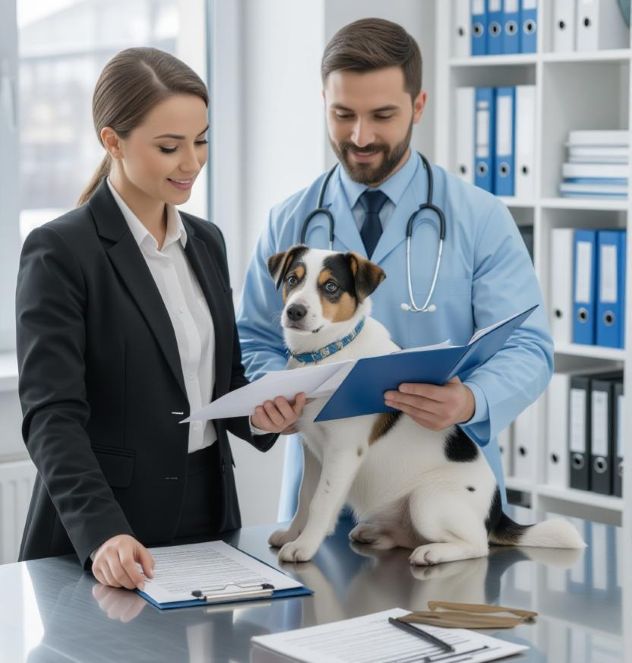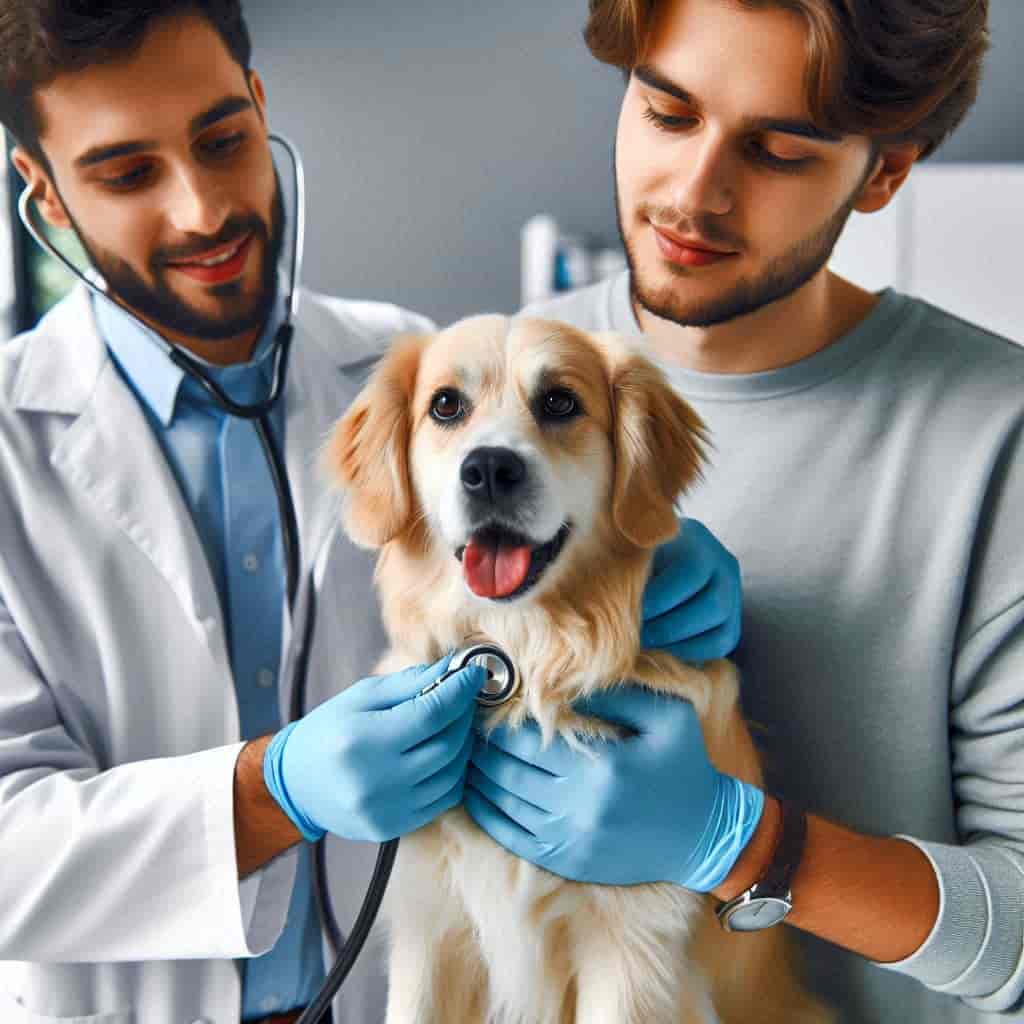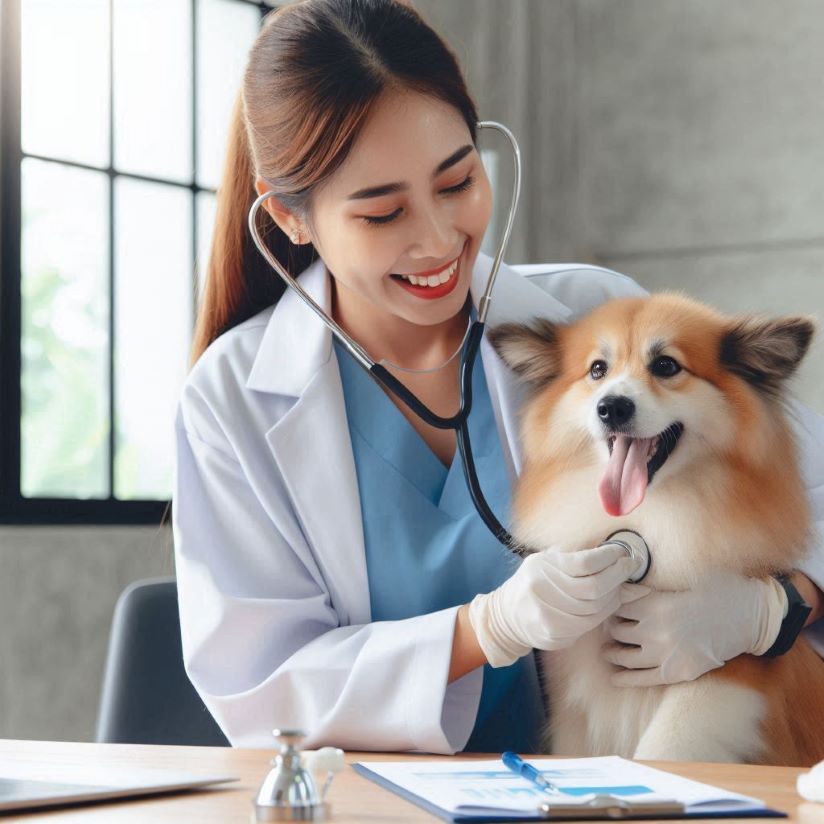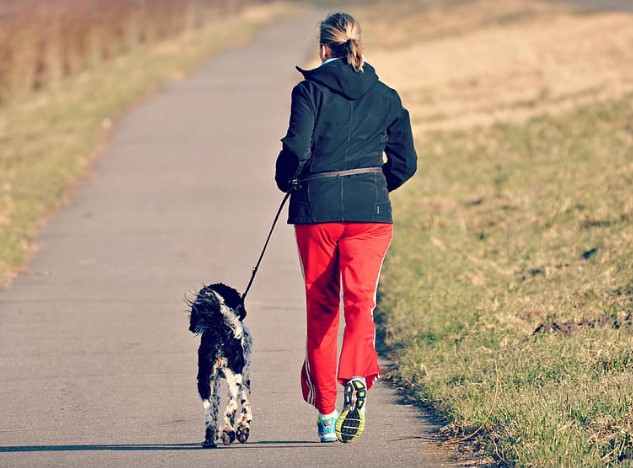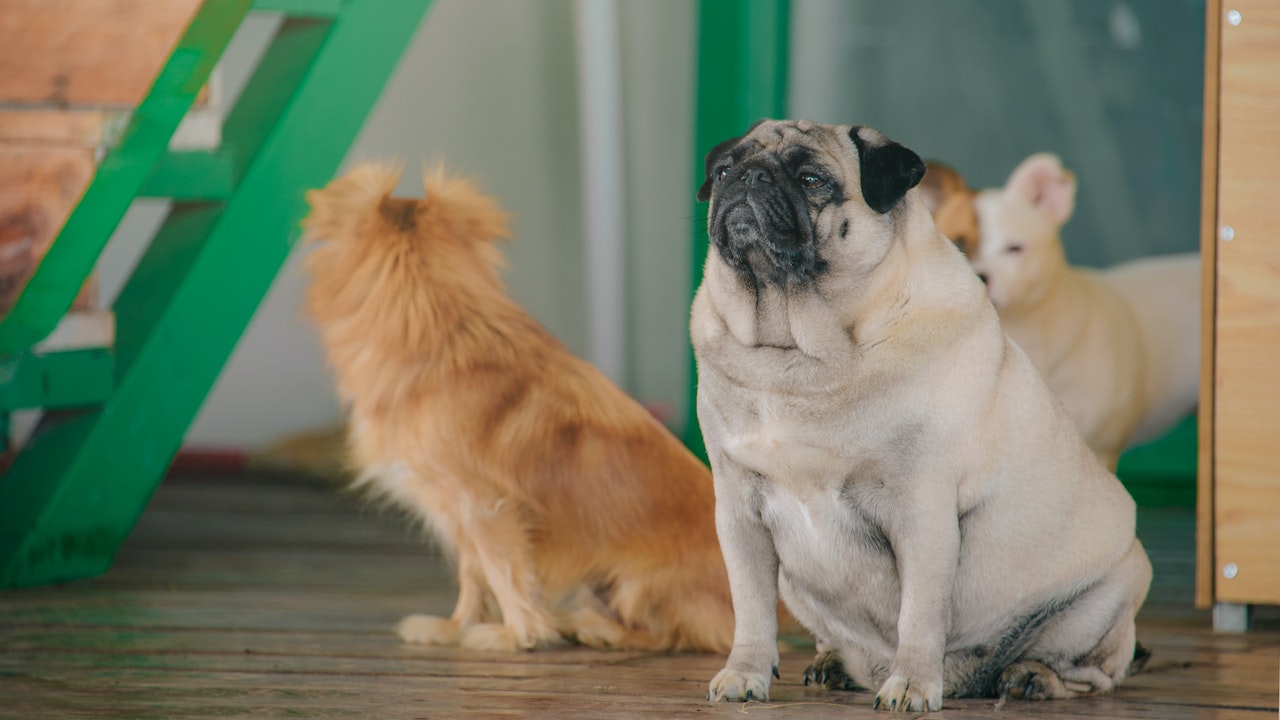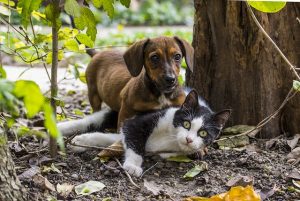
Congratulations! You have already taken two important steps towards diet success:
- You have realized that your cat is overweight.
- They have decided to do something about it.
After you check out if Protetox does it work to help you lose weight, now it’s about tackling your cat’s diet and persevering. That’s not why we want to fool you for many cat owners a challenge. If you follow the following tips, you will make it a lot easier for yourself and your cat to reach your goal.
Create optimal conditions
In order for your cat to successfully reduce her weight, the following points are a must in our opinion:
- Before starting the diet, take your cat to the veterinarian for a health check-up. Only then can you rule out that a disease is behind the weight problems or that secondary diseases have already arisen due to obesity.
- Work with your veterinarian to create a diet plan with realistic intermediate goals. Your veterinarian can estimate how much and quickly your cat should lose weight. The intermediate goals make it easier for you to persevere. And with a competent partner at your side, you can also master any setbacks more easily.
- Switch your cat to a veterinary reduction diet. As a result, you can be sure that your cat will lose weight healthily and will not suffer from nutrient deficiencies despite dieting. You can find out more about the special features of veterinary reduction diets in the article “Which cat food is the best way for my cat to lose weight?”.
Of course, cats whose owners have done it differently have already lost weight, but scientific research and practical experience have shown that the diet is easiest under these conditions and shows more sustainable success (keyword yo-yo effect).
So if you have fulfilled these more technical requirements, you are actually on the way to becoming a slim cat. But the diet can still fail due to psychological factors that make you doubt the sense of the undertaking and weaken your perseverance. After all, your cat will not “understand” why you suddenly change your behavior in terms of food and demand its usual privileges.
So that you do not become weak:
Invest time in the preparation phase
If you want your cat to lose weight, both you and your cat need to get rid of habitual behaviors and replace them with new ones. This only works if you:
- become aware of what has gone wrong so far,
- take responsibility for this and
- approach the diet with a positive attitude.
1. How could it get so thick?
There are many reasons for obesity in cats and it is important that organic causes are ruled out by a veterinarian. If there is no underlying disease, however, it can be said that obesity is very often caused by misunderstandings in the human-cat relationship, because we cat owners try to strengthen the relationship with our cat through food. Although food for cats (unlike dogs) actually has no social significance. We humans, however, use treats, for example, as proof of love or to calm our guilty conscience and so many extra calories come together every day …
An overview of the calorie content of popular cat snacks can be found on the Royal Canin snack table.
This calorie table has one or the other aha effect ready: e.g. that two tablespoons of liquid cream (94 kcal) already provide almost half of the daily energy requirement of a 4 kg cat.
In order not to fall further into these calorie traps, you should therefore familiarize yourself with the natural feeding behavior of cats and observe yourself carefully when dealing with your cat. Then, step by step, you can replace the “unhealthy” behaviors with alternatives.
More information on feeding behavior can be found in the article “The most common mistakes in cat feeding”.
A feeding diary, in which you enter for a few days everything your cat gets in food, treats, or table leftovers, is helpful for many at the beginning. Such records are also very valuable to your veterinarian.
2. What makes you persevere until success?
Unfortunately, if you want your cat to lose weight healthily, there is no shortcut that leads to success overnight. As a noble donor of cat food, you have to find the motivation every day anew to enforce the diet, come what may.
You are no different than an Olympic champion who spends years practicing the same movements over and over again before his great moment of success, even if he has long since internalized them. This competition with the inner bastard is not won with muscles, but with the heart and the will. Powerful motivational aids are, for example:
- To imagine the goal in the most beautiful colors — over and over again. You can imagine, for example, how wonderfully your cat can jump and play again when she is rid of her excess weight. Hang a childhood picture of your velvet paw above the food bowl, showing her slim and fit while playing …
- To break down a big, distant goal into many small steps and to be happy about every little progress. Make the small advances visible by photographing your cat from above at regular intervals and see how she gradually develops a waist again. This often motivates more than just logging the weight.
- To do everything to ensure that the word “diet” triggers only positive feelings in you. Most people immediately have negative images of hunger, renunciation, and hardship in their minds when they go on a “diet”. This automatically develops the fear of failure and a certain feeling of helplessness. Owners of overweight cats also often have to struggle with feelings of guilt. However, the more often you consciously think about the benefits of the diet for your cat and yourself, the less power these negative associations have and the greater your chance of success.
See the diet as a gift to your cat and to yourself: You both give each other more time together and your cat more health. Your cat is lucky that you do this for her!
By the way: No Olympic champion is solely responsible for his success. A team of trainers, physiotherapists, and motivational trainers is always at his side and drives him when he has a slump. If possible, look for supporters for your cat’s diet! In addition to the family that goes along, the team of your veterinary practice can motivate you by defining your goals, reviewing them, and assisting you with setbacks like a coach.
ALSO READ: What to Know About Growth Hormones on Farm Animal
Let’s start with the diet!
If you have created a diet plan for your cat with your veterinarian and maintained your motivation, you can start at the latest now:
Keep things simple! Create a new feeding routine and stay stubbornly on track.
The most crucial practical diet tips
- Weigh Reduce the amount of food for your cat daily. This is much more accurate than dosing with a feeding cup.
- Divide You eat the daily ration of cat food on many small meals on cats naturally 10 to 15 times a day. You can simply fill the daily ration of dry food into the bowl in the morning and your cat will help himself as often as he wants until the bowl is empty (but then do not refill!). You should provide small portions of wet food fresh.
- If your cat eats wet food and you can reconcile it with your daily routine to fill the bowl frequently, losing weight with wet food is easier than with dry food because it is not as energy-tight.
- Replace food with contact: Play or cuddle with your cat instead of giving her snacks.
- Get as much exercise as possible every day. If you are not there, your cat should have other ways to play, e.g. a food dispenser where she has to use her dexterity to get the food.
- Introduce your cat to your veterinarian’s office regularly during the diet.
- After the diet, switch to a calorie-reduced complete food, for example, a product for neutered cats, so that your cat maintains its ideal weight.
Take it slow
Of course, all the efforts should also be noticeable on the scales, but impatience can be very dangerous for overweight cats. As a rule of thumb, a cat on the diet should lose 1 to 3% of its body weight per week. Paradoxically, however, it is also true that the fatter the cat is, the slower it should lose weight initially! So better 1% than 3% or even more, otherwise she runs the risk of developing liver disease.
Important: Do not prescribe fasting days for your cat!
Fasting is very dangerous for overweight cats. If your cat does not get food, she will resort to fat pads to meet her energy needs. This sounds good at first, but the cat also needs protein, and fasting very easily leads to a protein deficiency with fatal consequences for the liver metabolism. The liver is “flooded” with fat, which can no longer be metabolized and paralyzes liver function.
Neighbors, animal housemates, and other diet complications
Obesity affects indoor cats much more often than outdoor cats, as house tigers move less and are more concerned with food.
If your cat is an outdoorsman, this is good for her figure in itself and if she occasionally catches a mouse, you don’t really need to worry about diet success. A mouse provides your cat with about 30 kcal of energy and it also consumes calories for hunting.
That’s why, by the way, a cat that does not have the pleasure of being fed by humans also needs 10 to 12 mice per day (i.e. about 300 to 360 kcal), although it actually has a maintenance requirement of only 200 kcal at 4 kg body mass. The remaining 100 to 160 kcal go for the strenuous hunt or the many failed attempts.
Much more often than mice, well-meaning neighbors who feed vigorously are the problem. Get these people on board as much as you can! And if that means giving a little diet food to the neighbors so that they can welcome the visitor appropriately, so be it. So neither your cat nor your rival has to do without cherished habits and the diet works anyway.
If you own several cats or other pets, you must take precautions so that your dieter does not help himself to someone else’s plates. So there must be no food within reach. Often it is enough to feed slimmer cats in elevated places, which can not reach heavier and therefore more sedate specimens.
By the way, it is not a problem to feed all cats in a household with diet food (if there are no health problems such as kidney weakness in the other cats). The normal-weight cats are then simply allowed to eat more or get a daily meal with higher-calorie food, from which the diet-keeping cat is excluded.
And if the cat does not lose weight as hoped?
Isn’t that a reason to despair or even give up? Small weight fluctuations during the diet are normal one week everything is going well, and the next week suddenly nothing happens … As long as the overall direction is right, that’s perfectly fine. If you are unsure or have to take setbacks, seek advice from a veterinarian. No one will judge you for failure.
Also, keep in mind that healthy weight loss takes time. Your cat should lose 1 to 3% of its weight per week, so a 5 kg cat should lose only 50 to 150 g. In order to lose a kilo of weight, you can therefore give such a cat 10 or even 20 weeks.
